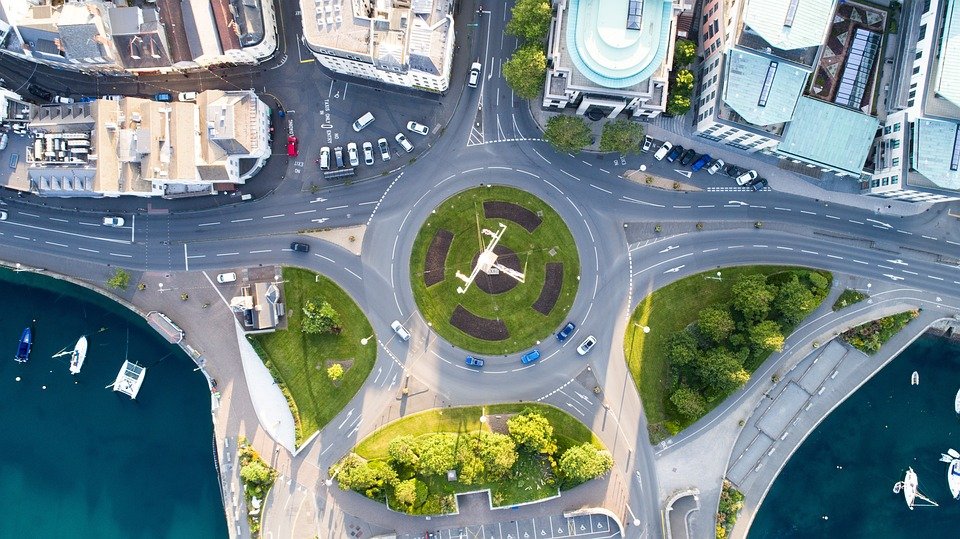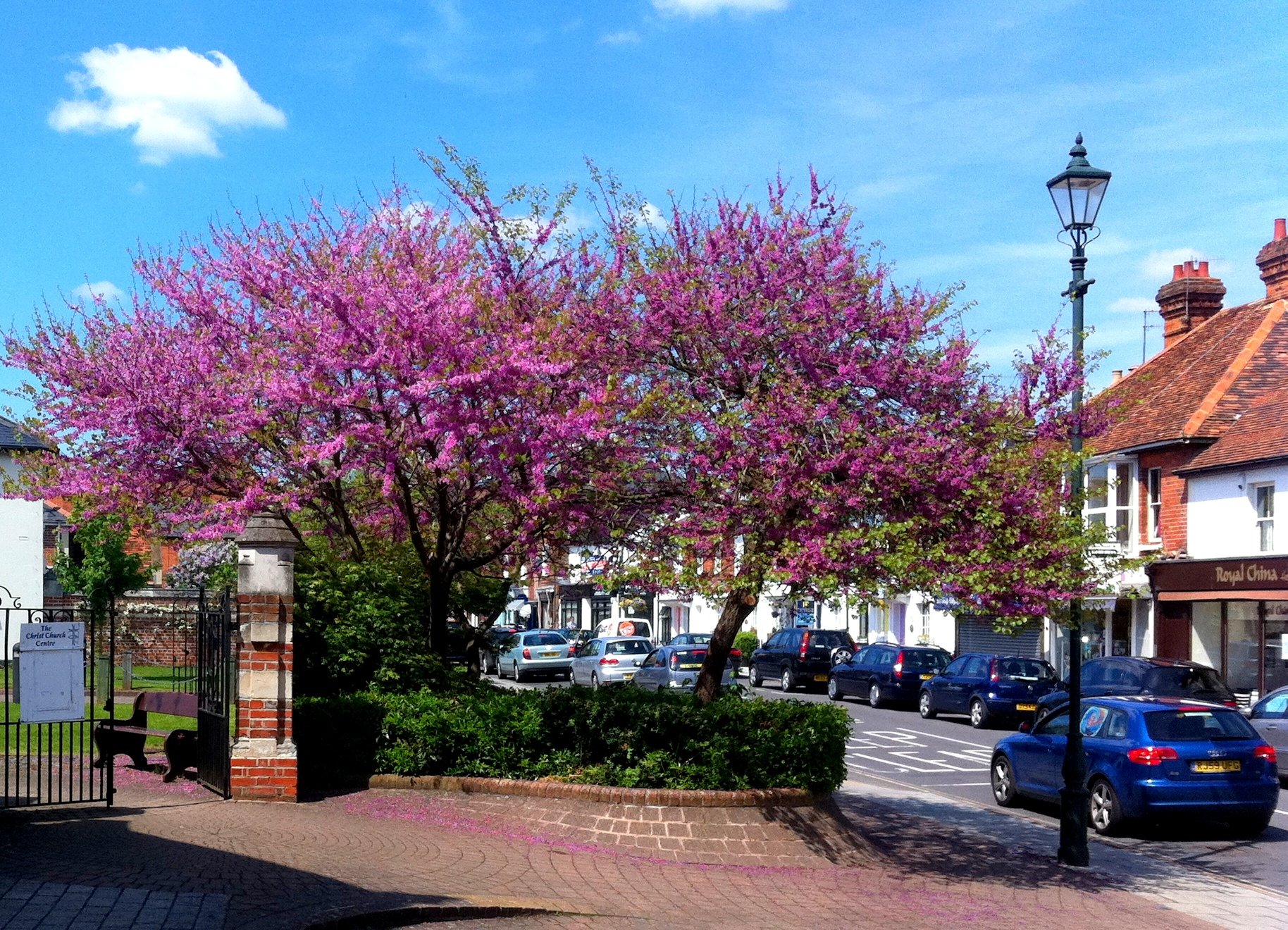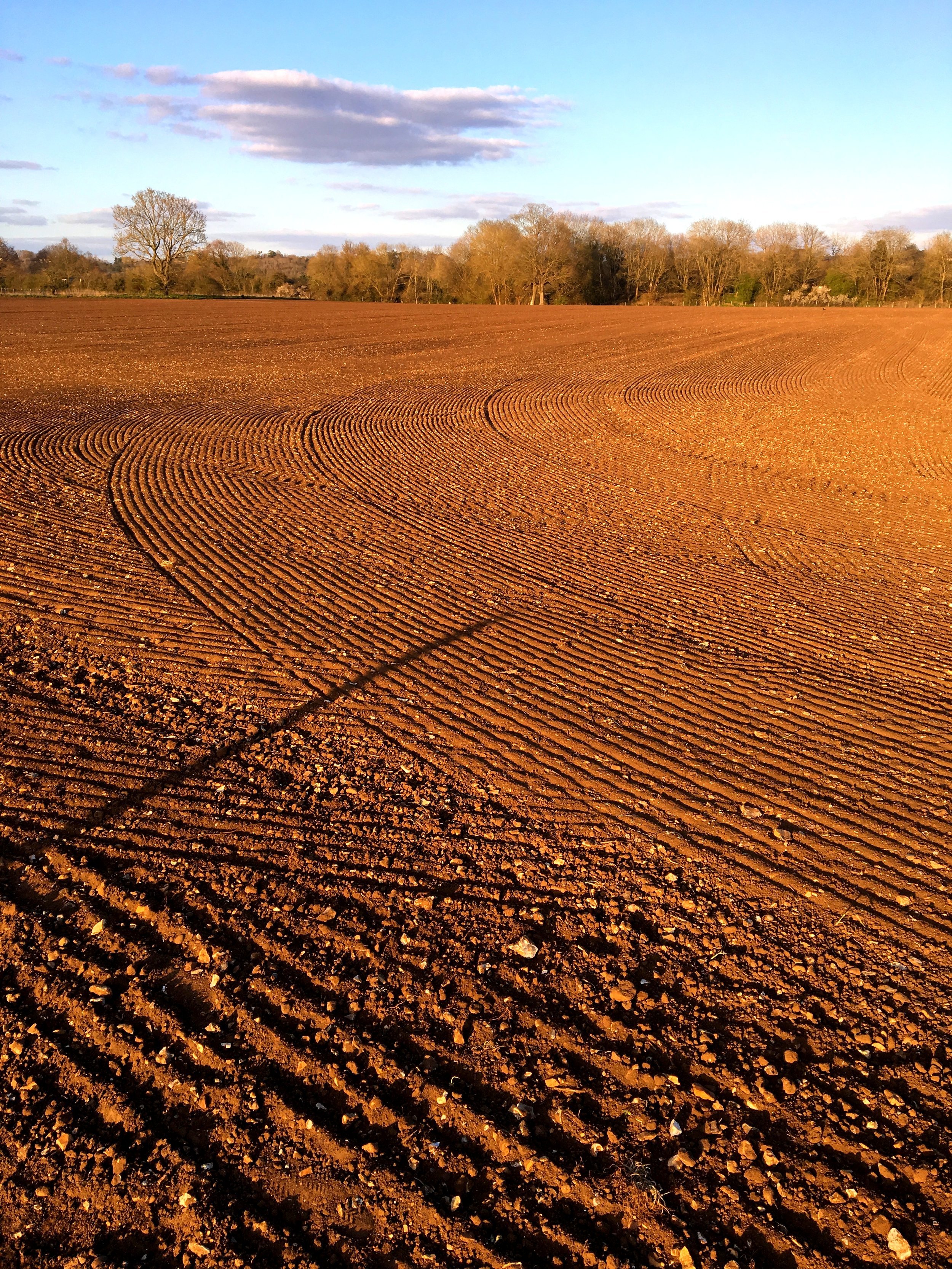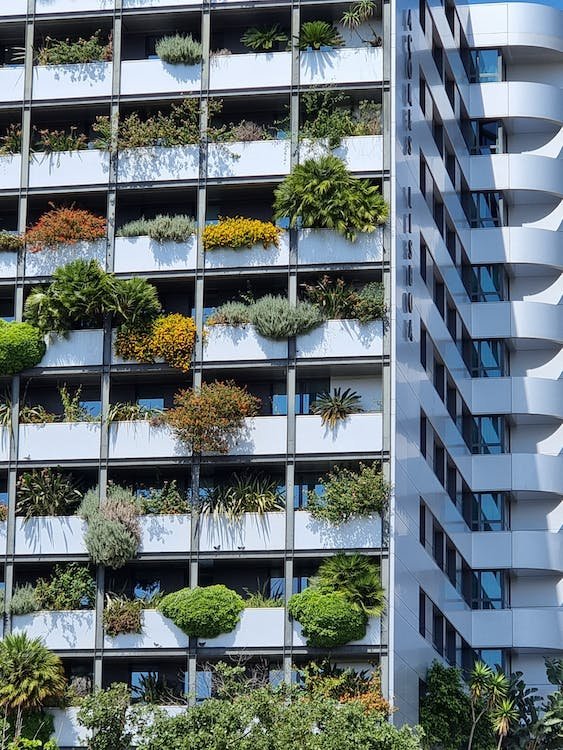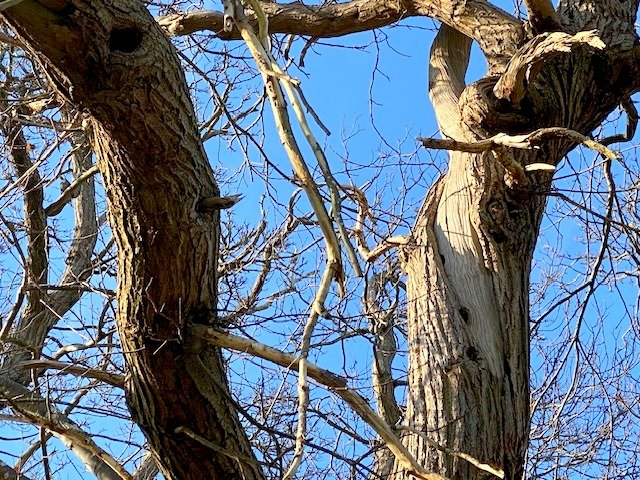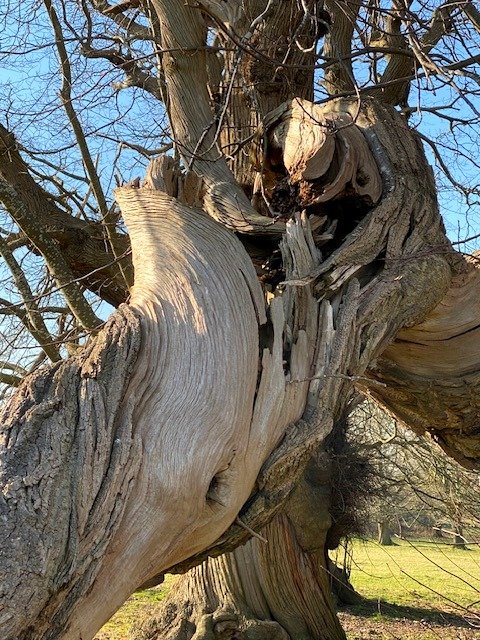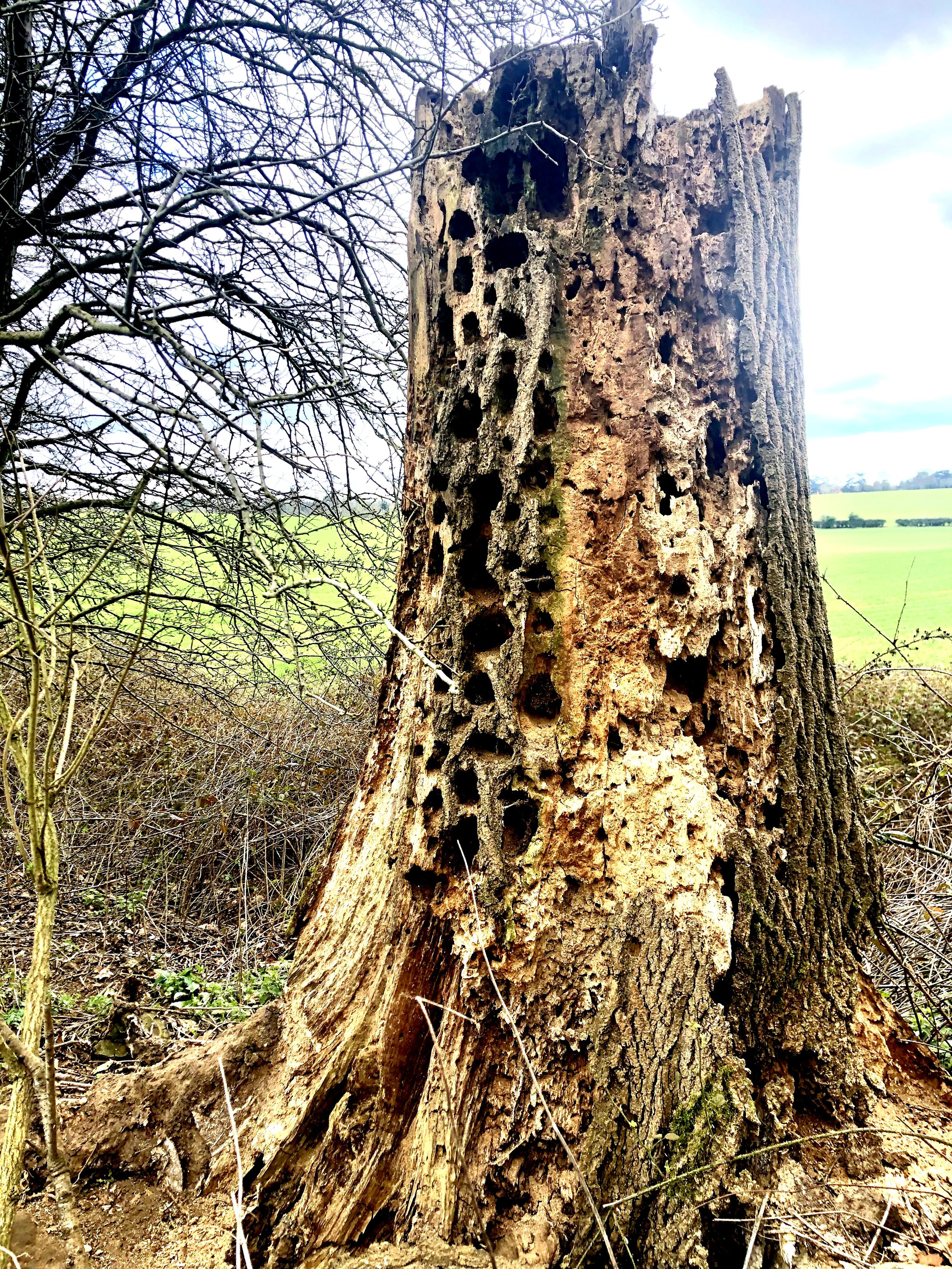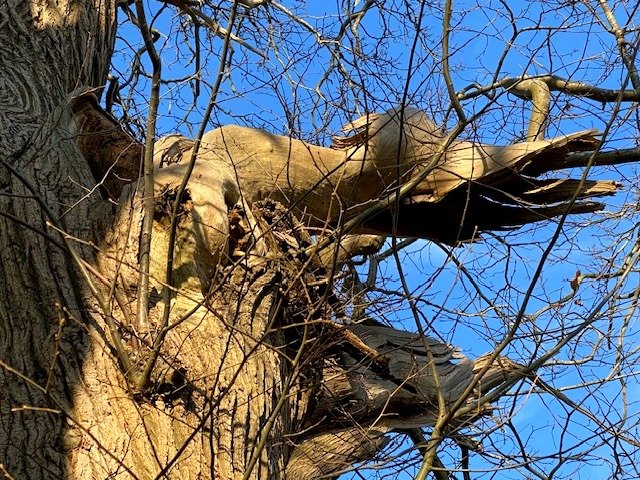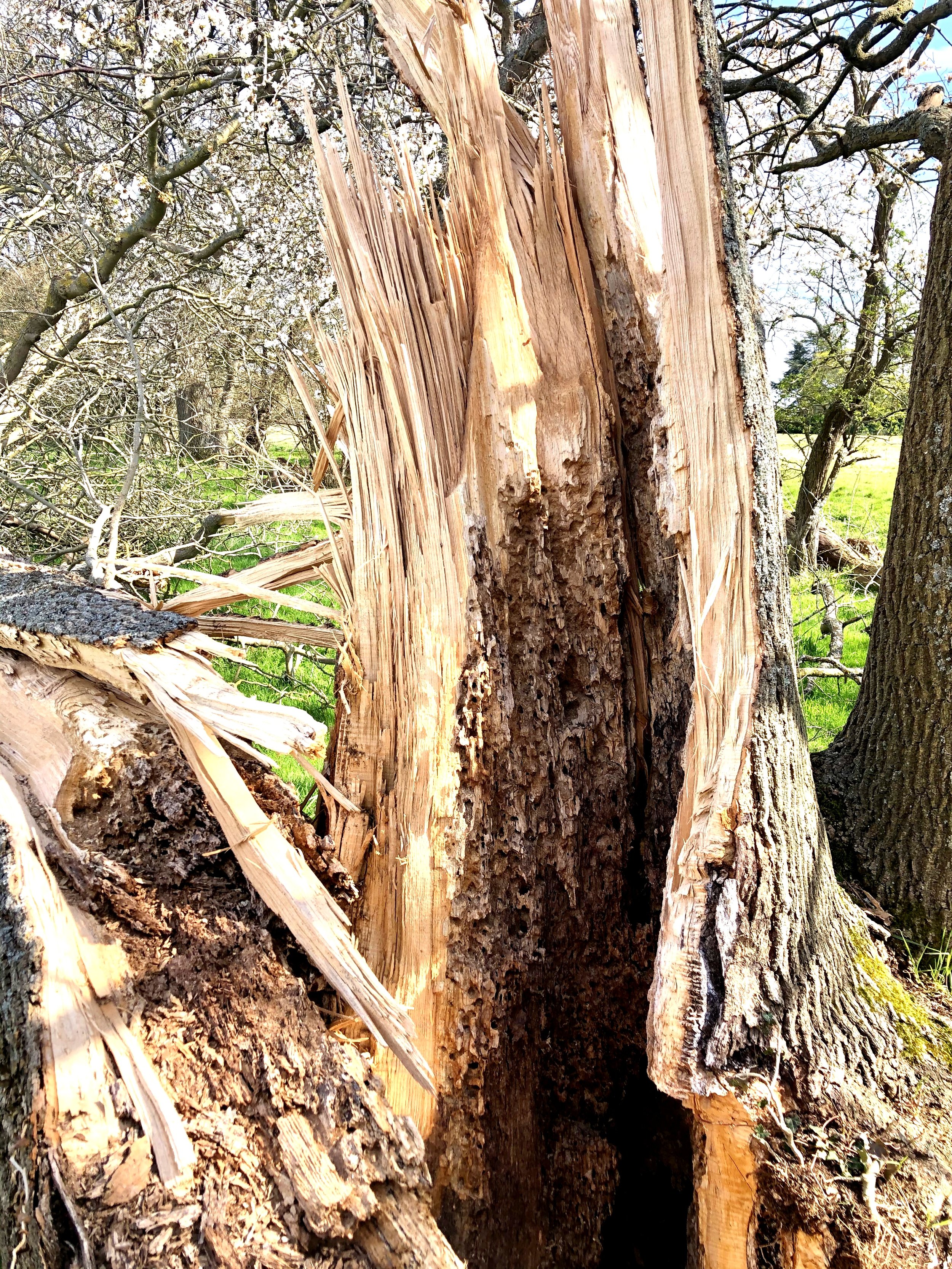What is Biodiversity? The variety of plant and animal life in the World, or in a particular habitat, a high level of which is usually considered to be important and desirable in securing threats to our worrying environmental future. Genuine concerns are evident… and we are all accountable!
So, what can we do to slow environmental devastation? The implementation of Net Gains and Nutrient Mitigation are the Government’s initiatives to aid the current critical environmental status and our role as Landscape Architects is to design spaces that harmoniously balance biodiversity with recreational needs. Species diversity is important to help cope with drought, flooding, even forest fires.
Piccadilly, London Wall Planting
… making a difference to your future!
As Biodiversity Net Gain Consultants we must encourage developers to proceed with projects in an environmentally considerate manner to ensure that a plot of land is preserved as much as possible, retaining various habitat types, avoiding biodiversity loss and protecting ecological features of strategic significance.
There is a direct atmospheric imbalance between delivery of our life-giving gases and uptake of our emissions. Excess carbon in the atmosphere is causing warming of our planet. Excess carbon in the ocean renders the water more acidic, putting marine life in danger. Our environmental variations and endangered ecosystems need critical protection now, and the humble, yet sacred tree, holds the simple answer!
Older trees
store carbon
and offer great habitat value
Scientists have ascertained that larger, older trees, probably those beyond 80+ years old, are more effective at storing carbon from the atmosphere than more youthful specimens, and have provided us with statistical facts to show carbon storage potentials so that we may right the battle against climate change.
There is an understanding here in the UK, that we need to plant 50 million trees a year, until 2050, to create a feasible possibility of carbon neutrality. Planting a variety of new long-lived tree species, community orchards, wildflower meadows, hedgerows, and urban avenues will encourage a diversity of future habitats, and eventually reach the huge carbon storage potential of an older tree, if correctly cared for following installation, with seasonal watering programmes and administration of planting compounds, like woodchip mulch in the soils, although that’s obviously several generations away. Shorter lived Birch and Cherry are unlikely to be as effective in the long-term, however, are useful now.
An important Government programme is currently due to be implemented in November 2023 (***within changes of the Town and Country Planning Act 1990 OR the UK’s Environment Act 2021) to educate landowners and land managers in protection of their important treescapes, working in harmony alongside mature carbon storing trees, via satellite biodiversity assessments and planning ahead with local authority approvals. This programme will prevent unnecessary felling of trees resources to create construction space, without considering alternative measures to enable vital tree retention, or restocking sites to eventually mitigate climate warming effects, and further safeguard our waterways and oceans.
Trees are vital to our survival, and to our natural world. Once a tree is felled, stored carbon will be released back into the atmosphere. Instead, the only way forward is to save the trees as they breathe life into our environment and remove toxic pollutants from the air. Additionally, trees help prevent flooding and provide vital habitats for rare and vulnerable species like bats, beetles and fungi.
ARBTECH SAY: As a way of counteracting the potentially negative impact of a development, mandatory biodiversity net gain insists on not only replacing elements of the area that were removed due to the development but increasing the overall state of biodiversity by 10%, enhancing habitats and delivering net gain in the process. Development biodiversity is a consideration that will stand as an integral part of the planning process for all projects now and in the long-term future – a policy requirement that local planning authorities will expect from developers.
Anyone in charge of a planning project will need to factor in mandatory biodiversity net gain, including in multiple developments such as independent, commercial and even nationally significant infrastructure projects on big and small sites. Throughout this process, the developer will be required to understand statutory biodiversity credits and the current biodiversity metric, and recognise the ecological importance locally of development biodiversity value and how it will need to reach a certain bracket from pre-development to post-development, increasing by a secure measurable net gain of at least 10% and maintaining this status for at least 30 years.
A video from Natural England explains here: https://www.youtube.com/watch?v=sVR9VZYkMLc&t=149s
Legal information from Arbtech here: https://www.youtube.com/watch?v=Ntl_CPr2MLM
Nature, if left to be, can assist…
Ecological habitat features essential to a wide range of biodiversity in mature trees and decaying stems. Cracks, breakages, cavities, sap runs, lose bark, fluting, buttress flare are all important features in (mainly mature) trees. For a better expression, this is the housing for an extraordinary range of invertebrates and small mammals and micro ecology. Certain individual species of trees with these features sustain rare 'species specific' insects. Subsequently, we are prioritising the retention of features pictured and dead cambium, Deadwood can be stabilised instead of completely removed. In good ecological management parts, or even complete sections of dead tree can be attached to a live tree to address ecological sanitation which is sadly displayed in much of our designed landscape.
Can you see the areas that insects, small mammals and micro ecology will make their home?



